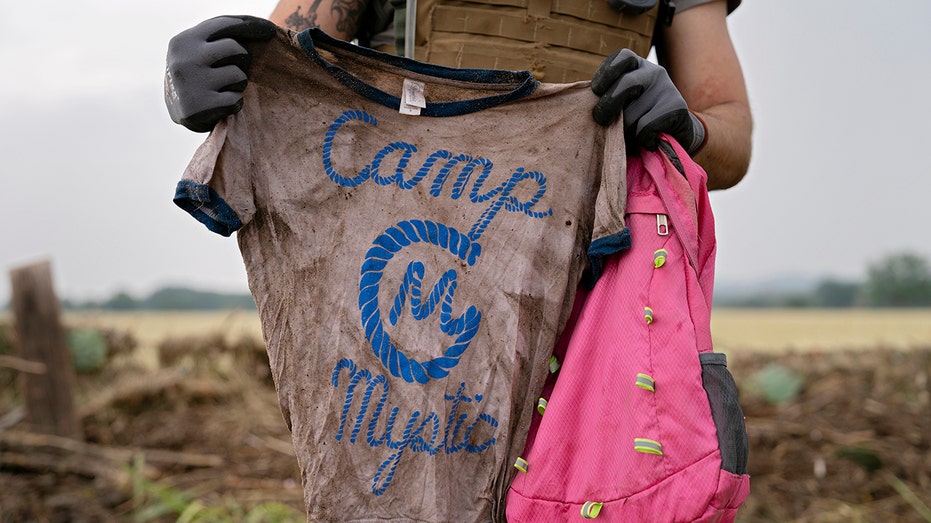The night began with warnings, whispers of a coming storm carried on the wind and through official channels. But at Camp Mystic, nestled beside the Guadalupe River, those warnings would tragically become a prelude to unimaginable loss. Six young girls – vibrant, full of life – perished as floodwaters surged, and now, their families are demanding answers in a newly filed wrongful death lawsuit.
The lawsuit paints a harrowing picture of negligence, alleging that camp leaders prioritized property over the safety of their young charges. Despite escalating alerts from the National Weather Service beginning on July 3rd, proactive measures were allegedly absent. The camp, situated in a region known as “Flood Alley,” failed to heed the clear and present danger, a danger repeatedly documented by federal flood maps.
As the fateful night of July 4th unfolded, a chilling decision was made. While floodwaters threatened, camp leaders reportedly gathered with grounds staff to secure equipment – a task that consumed precious minutes that could have been used to evacuate the children. The youngest campers, housed in cabins precariously close to the river, remained vulnerable.
The first distress call to the Kerr County Sheriff’s Office came at 2:00 a.m., a desperate plea signaling the escalating crisis. Just ten minutes later, counselors reported water breaching the cabins, yet were shockingly instructed to shelter in place. A devastating restriction was imposed: counselors were forbidden from using phones, radios, or walkie-talkies – cutting off vital communication lines.
A fragmented evacuation began around 3:00 a.m., initiated by counselors who independently recognized the imminent threat. Photos timestamped just minutes later show girls wading through rising water, a desperate scramble toward higher ground. But the delay had been catastrophic. By 3:44 a.m., the force of the flood was overwhelming, doors were breaking open, and the river was relentlessly pouring into the cabins.
Data from Apple Watches worn by camp leaders allegedly reveals the terrifying timeline of submersion – 3:51 a.m. and 4:09 a.m. – moments etched in time that underscore the desperate struggle against the raging waters. An emergency call from the camp finally went out at 3:59 a.m., a call that came too late for six precious lives.
The girls – Virginia “Wynne” Naylor, Jane “Janie” Hunt, Lucy Lee Dillon, Kellyanne Elizabeth Lytal, Hadley Rebecca Hanna, and Virginia Larins Hollis – were all either eight or nine years old. They were housed in cabins, Bubble Inn and the Twins cabins, situated on “the flats” near the river, despite the availability of safer locations just yards away: a hillside and a two-story commissary.
The lawsuit highlights a particularly disturbing document – an “Emergency Instructions” sheet found after the flood, which falsely assured campers that all cabins were built on “high, safe ground.” This guidance, the families argue, was not only misleading but actively contributed to the tragedy. The camp’s location was officially designated as a Special Flood Hazard Area by FEMA as early as 2011.
The timeline of warnings and responses is now under intense scrutiny. From the initial flood watch issued on July 3rd, to the Emergency Flash Flood Warning at 1:14 a.m. on July 4th, the lawsuit meticulously details the missed opportunities and alleged failures that culminated in the devastating loss of these six young girls. The families seek justice, demanding accountability for a tragedy that should never have happened.






